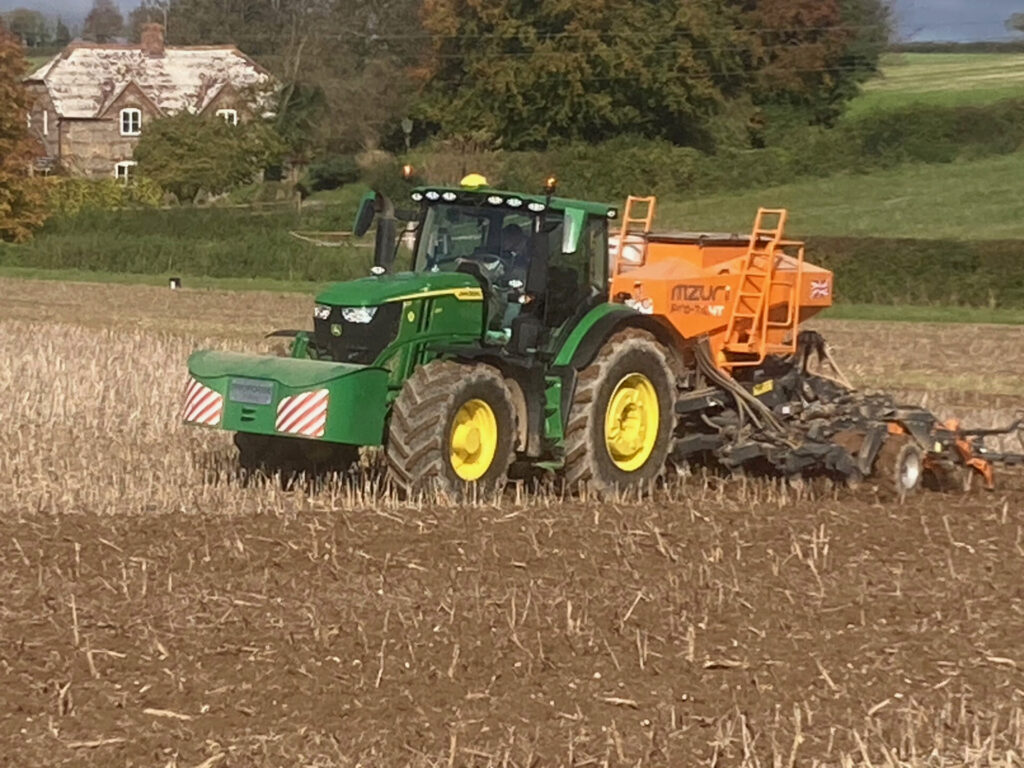A challenging harvest done but new TB cases to consider, and James Cossins pushes Rawston Farm through to finish planting for next season

The cost of the 1960s machinery was probably less than £1,000 – approximately £21,000 today. The 2024 version opposite is worth nearly £200,000!
The final part of this year’s rather protracted harvest is finally complete, with the forage maize crop now clamped ready to be used for our cattle feed for the winter months. We have probably harvested a couple of weeks late, but the weather conditions have not been in our favour. Luckily our soils were not punished too much by the farm machinery taking the crop out of the fields, and we’re fortunate that it also involved very limited public road use. I know that in some parts of the county it has been very challenging to get the maize out of the fields without bringing a large amount of mud onto the roads. In such cases contractors always do their best in brushing the roads to keep them clean and safe for other traffic.
We have progressed reasonably well in getting next year’s crop into the ground too: grass seeds, oilseeds and winter barley sowing have all been completed. Hopefully we’ll see some late autumn dry weather so that the winter wheat drilling can be completed.
A lot of this year’s malting barley has left the farm, headed to either Burton on Trent for Molson Coors, or to Southampton for temporary storage before being loaded onto a boat heading for Europe.
So far we’ve not seen too many financial claims for quality issues – the specifications to meet the quality requirements for barley intended for beer-making are very strict.

Back to TB again
On the cattle side of the farm we had yet another TB test, resulting in two reactors, much to every one’s frustration. Once again the post mortems on the two animals didn’t show any visible lesions within the carcases.
We now face a difficult decision – do we carry out a more sensitive test to determine whether there are any cattle in the herd carrying the disease and are not being picked up by the existing skin test?
The more sensitive test involves collecting a blood sample from every animal, which will be quite an undertaking. We have been told that we may lose up to ten per cent of our cattle, and the Government‘s animal and plant health agency may insist that we carry out this test anyway. Personally, I feel the best solution would be to go down the vaccination route – but we have been told for years now that it is just “five to ten years away”, with no signs of it coming any closer.
It is very frustrating to cattle keepers – we are close to eradicating this disease, having made such good progress in the last few years.
New beginnings
On a happier note for the Cossins family – we celebrated the birth of a granddaughter to Barbara and I in October. What an interesting world she has been born into!


